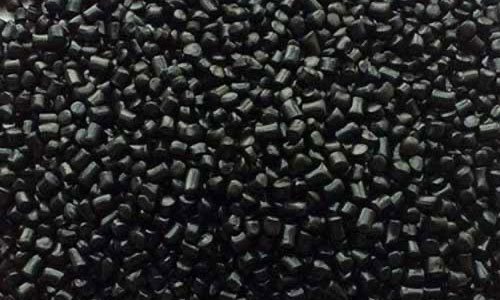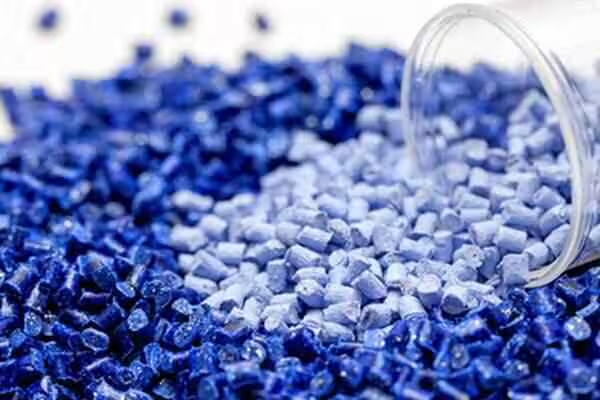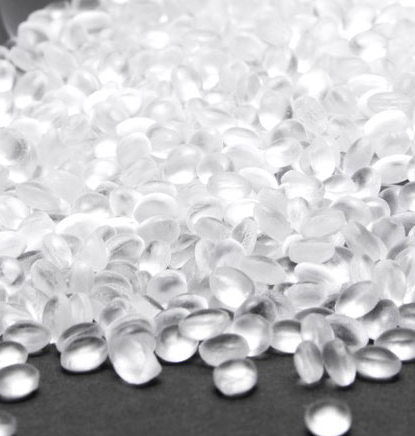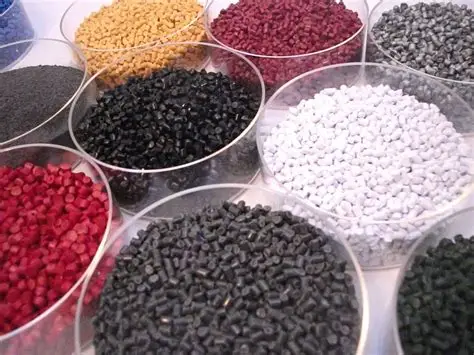Polymer Compounds: Types, Applications & How to Choose the Right One
A practical guide to HDPE, LLDPE, LDPE, and specialty polymer compounds — including PE100, F7000, 2119, 209-BL3, and more. Learn where each type excels and how to select the best material for your industrial application.
Introduction
Polymer compounds are engineered materials made by blending base resins (like PE, PP) with additives to achieve specific performance characteristics. Unlike raw polymers, compounds are ready-to-use and designed for particular manufacturing processes and end-product requirements.
This guide covers the most widely used polymer compounds in industry — not through lab specs (which vary), but through real-world applications, processing behavior, and performance in final products.
What is a Polymer Compound?
A polymer compound is a pre-mixed material consisting of:
- Base Resin: HDPE, LDPE, LLDPE, PP, etc.
- Additives: UV stabilizers, antioxidants, flame retardants, anti-static agents, pigments
- Fillers (optional): Calcium carbonate, talc, glass fiber
Compounding ensures uniform dispersion of additives, eliminating the need for in-house mixing and improving product consistency.
1. HDPE Compounds – Strength, Durability & Chemical Resistance
 Common Grades: PE100, 209-BL3, 2420, 3840, 5110, 5510
Common Grades: PE100, 209-BL3, 2420, 3840, 5110, 5510
Key Characteristics:
- High tensile strength and stiffness
- Excellent chemical and moisture resistance
- Good impact resistance at low temperatures
- Suitable for high-pressure applications
Best Applications:
- Pipes & Fittings: Water/gas distribution, irrigation systems (PE100 is gold standard)
- Containers: Jugs, drums, chemical tanks (209-BL3, 5110)
- Industrial Parts: Gears, housings, structural components
Processing Methods: Extrusion, injection molding, blow molding.
Why Choose HDPE?
When you need long-term durability, leak-proof performance, and resistance to environmental stress cracking.
2. LLDPE Compounds – Flexibility & Toughness
 Common Grade: F7000
Common Grade: F7000
Key Characteristics:
- High elongation and puncture resistance
- Excellent flexibility even at low thickness
- Good clarity in films
- Low seal initiation temperature
Best Applications:
- Stretch Wrap & Pallet Film: High cling, load retention (F7000 is ideal)
- Thin Packaging Films: Shopping bags, agricultural mulch films
- Liner Bags: For big bags, containers, hazardous materials
Processing Methods: Blown film extrusion, cast film, co-extrusion.
Why Choose LLDPE?
When you need strong, flexible films that resist tearing and can be produced at high speed.
3. LDPE Compounds – Clarity, Softness & Processability
 Common Grade: 2119
Common Grade: 2119
Key Characteristics:
- Soft and flexible feel
- High clarity and gloss
- Excellent processability (easy to extrude)
- Good sealing properties
Best Applications:
- Heavy-Duty Sacks: Cement, fertilizer, animal feed (2119 is widely used)
- Agricultural Films: Greenhouse covers, silage wrap
- Coating Applications: Paper laminates, moisture barriers
Processing Methods: Blown film, extrusion coating, extrusion lamination.
Why Choose LDPE?
When you need soft, clear films with good optical properties and easy processing.
4. Specialty & Custom Compounds – Performance Beyond Standard
 Types: Flame-retardant, anti-static, UV-stabilized, conductive, colored
Types: Flame-retardant, anti-static, UV-stabilized, conductive, colored
Key Characteristics:
- Tailored for extreme environments or safety requirements
- Can include carbon black, metal oxides, halogen-free FRs
- Available in masterbatch or fully compounded form
Best Applications:
- Electrical Cables: Anti-static or flame-retardant sheathing
- Outdoor Products: UV-stabilized compounds for garden furniture, pipes
- Hazardous Environments: Conductive or explosion-proof materials
- Branded Packaging: Custom colors with consistent shade
Processing Methods: Injection molding, extrusion, blow molding.
Why Choose Specialty?
When standard compounds don’t meet regulatory, safety, or aesthetic requirements.
Application-Based Comparison
| Application | Recommended Type | Why? | Risk of Wrong Choice |
|---|---|---|---|
| Water/Gas Pipes (Underground) | HDPE (PE100) | High pressure rating, slow crack growth resistance | Pipe failure, leaks, warranty issues |
| Stretch Wrap Film | LLDPE (F7000) | High cling, puncture resistance, thin gauge performance | Poor load retention, film breakage |
| Cement Sacks | LDPE (2119) | Good balance of strength, flexibility, and cost | Bursting during filling or transport |
| UV-Exposed Outdoor Furniture | Specialty (UV-Stabilized) | Resists degradation from sunlight | Cracking, fading, short lifespan |
| Flame-Retardant Cable Sheathing | Specialty (FR Compound) | Meets fire safety standards (IEC, UL) | Fire hazard, non-compliance |
How to Choose the Right Polymer Compound?
Ask these key questions:
- What is the end product? → Pipe? Film? Container? This determines mechanical needs.
- What are the environmental conditions? → UV exposure? Cold weather? Chemical contact?
- What processing method will be used? → Extrusion? Injection? Blow molding? Each has material demands.
- Are there safety or regulatory requirements? → Flame retardancy, food contact, anti-static?
- Is color or appearance important? → Consider custom compounds or masterbatches.
- What’s the cost-performance balance? → Don’t over-engineer, but don’t compromise on critical specs.
Real-World Usage Examples
- Nigerian Pipe Manufacturer: Uses PE100 for water pipelines — meets ISO 4427 standards and lasts 50+ years.
- Egyptian Packaging Plant: Switched to F7000 for stretch film — reduced thickness by 15% without losing strength.
- Indian Cement Brand: Uses 2119 LDPE for multi-wall sacks — improved tear resistance and print quality.
- European Cable Maker: Uses custom FR compound — compliant with RoHS and REACH.
Frequently Asked Questions
A: A compound is fully loaded with additives and ready to use. A masterbatch is a concentrated additive carrier that must be mixed with base resin.
A: Not ideal — it’s stiff and brittle at low thickness. Use LLDPE or LDPE instead.
A: Yes — but its superior performance justifies the cost in critical applications like gas pipes.
A: Yes — but downgraded due to additive breakdown. Best for non-critical uses.
A: Yes — we provide tailored compounds based on your technical requirements and application needs.
📌 Need help selecting the right polymer compound for your product?
We supply PE100, F7000, 2119, 209-BL3, and custom compounds — with technical support.
© 2025 janis business group. All rights reserved. For more information, visit our website.


